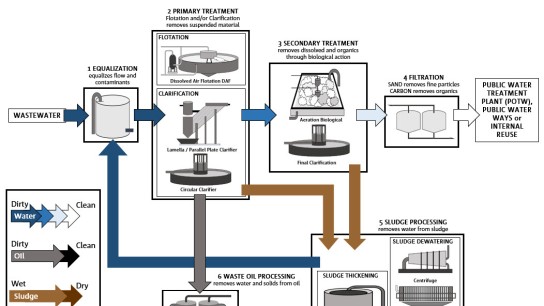Application road map for successful wastewater jar testing
The ability to jar test and demonstrate the benefits of your program to a customer is at the core of being a successful wastewater professional. The Application Road Map for Successful Jar Testing series focuses on the 6 major challenges you may encounter while jar testing. We offer a logical road map on how to resolve each challenge and provide a method for product selection.
